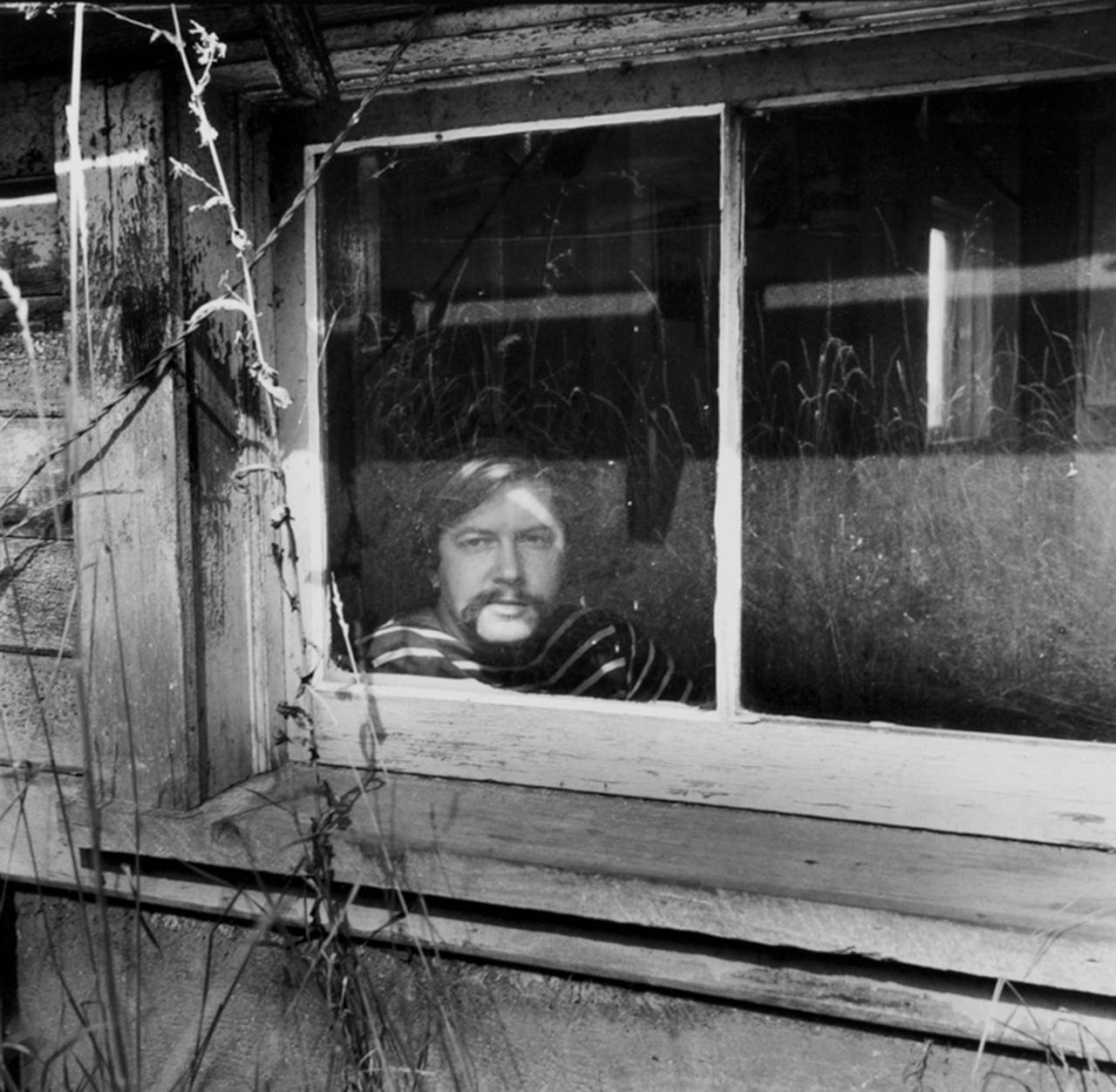Out of trying times often come great leaders, volunteers, art and ideas. 1968 was one of those times.
An unpopular war every night on the news, the fight for racial and women’s equality, the assassination of Martin Luther King Jr. and the riots that followed, the assassination of Robert Kennedy and the riot at the Chicago Democratic Convention. I’ts just a partial list, but it qualifies 1968 as one the most turbulent years in U.S. history.
Historians from the Legacy Project, which falls under the purview of the Secretary of State’s Office, has compiled a book made from the stories of 19 Washington State residents who influenced or were influenced by the times.
John Hughes, Washington’s chief historian and the former editor and publisher of The Daily World, wrote several of the stories in the book, called “1968: The Year That Rocked Washington.”
Compiling the list of subjects was no easy task, he said. “We’ve got a team of five people, and when we set out to do the project we had in mind key niches we wanted to fill.”
One such niche was a Vietnam veteran with “some extraordinary combat experience,” he said. He contacted a longtime friend, a Vietnam vet who after the war worked at Weyerhaeuser in Chehalis with a soldier who might just fit the bill: Bryon Loucks. Hughes described him as “a combat medic in the Green Berets on the Ho Chi Minh Trail who turned out to have a really extraordinary story about his mentor, more than I could ever have bargained for.”
That mentor, who was posthumously awarded the Medal of Honor, was Long Islander John J. Kedenburg. “He taught Loucks everything about staying alive in Vietnam,” said Hughes. Kedenburg was killed in a running firefight in June 1968 after giving his spot with an extraction team to another soldier; Loucks was wounded on the mission to recover his mentor’s remains.
Local ties
Several of those featured on the list have ties to Grays Harbor. Former Seattle Mayor Wes Uhlman graduated from Aberdeen High School. Stuart Elway, one of the state’s most reliable political pollsters for many years, grew up in Hoquiam.
There’s also a tie-in to Pacific County. Writer Tom Robbins migrated to South Bend to write his first novel after having “famously quit” his job as the Seattle Times art critic “by calling in ‘well,’” according to the profile forwarded by historian and former Seattle Times reporter Bob Young. Robbins found a peaceful place to write in South Bend, where he and his girlfriend “rented a place for $8 a month.” His book “Another Roadside Attraction,” which makes memorable mention of Humptulips, got strong critical notice when published in 1971 and began a string of successful novels.
Hughes said several on the list also had ties to the University of Washington. That’s where Norm Dicks, who served Grays Harbor in Congress for many years, was attending law school “when he got a plum job to go work for Warren Magnuson,” the influential U.S. senator from Seattle, said Hughes.
Another UW alum featured is Larry Gossett, who founded the university’s Black Student Union.
Others profiled include:
• Pat O’Day, the legendary KJR disc jockey, concert promoter, and king of Seattle radio in the 1960s.
“One really interesting thing, in 1968 I covered the opening of a teenage dance hall outside of Westport called The Dunes,” one of several dance clubs O’Day opened at that time, said Hughes. “He was the absolute king of Top 40 radio, and I had the real treat of getting to interview him 50 years later” for the project.
• Polly Dyer, a tenacious activist at the vanguard of the modern environmental movement in 1968, which culminated with the creation of the North Cascades National Park.
• Art Fletcher, a civil rights activist from the Tri-Cities who ran for lieutenant governor against long odds and nearly became the state’s first black statewide elected official. As assistant secretary of labor in the Nixon administration, he became “the father of affirmative action” and headed the United Negro College Fund.
• Ralph Munro, a tireless disability rights activist who went on to become a five-term Secretary of State. Governor Dan Evans, who recruited Munro to coordinate volunteerism statewide, called him “the one who taught me how to care.”
Pulling it all together
Hughes called compiling the information and photos for the project “a real treasure hunt.”
The photo of Dicks and Magnuson came from the University of Washington collection, he said. The images of Elway were taken from Hoquiam High School and Grays Harbor College yearbooks, and “the key photo was taken about 20 years ago for a profile that Doug Barker and Kathy Quigg did” for The Daily World. Barker is the current Daily World editor.
An exhibit showcasing the project is housed at the Secretary of State’s Office in Olympia and will continue through late summer 2019. After that, Hughes said the exhibit will go on the road.
The companion book contains all 19 profiles and a lot of historical photos. Put together by Hughes, Young and Lori Larson, Legacy Washington’s senior researcher, the book is available for purchase for $32.50 at sos.wa.gov/store/#/detail/96.
The Legacy Project’s next focus will be the 100th anniversary of women’s right to vote, said Hughes. Washington women were granted that right in 1910, but federal law didn’t change until 1920.
“Women in Washington got the right to vote ahead of women nationally, so the theme is how the state was ahead of the curve and about how Washington women were pace-setters in the battle for suffrage,” said Hughes.


